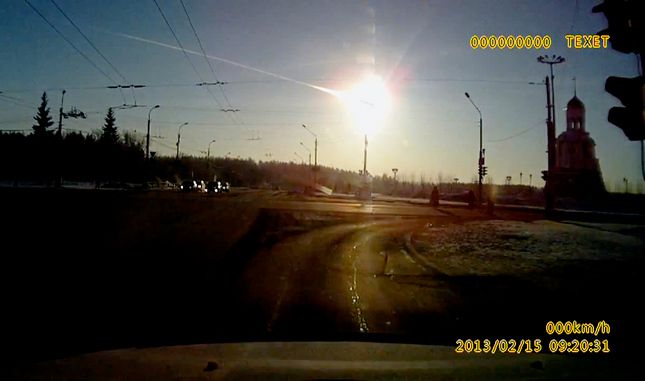ACTON, Australia, May 16 (UPI) — Researchers in Australia recently found a collection of spherules, evidence of a massive asteroid that struck Earth as it was still forming.
Spherules are tiny glass beads formed from material vaporized in the intense heat of an asteroid impact. They were found in northwestern Australia by a team of geologists led by Andrew Glikson of the Australian National University.
The glass beads were found scattered among ancient ocean sediments dated to the middle of the Archean Eon — 3.46 billion years ago. The spread of the spherules deposit suggests the impact would have left a crater between 12 and 18 miles in diameter.









